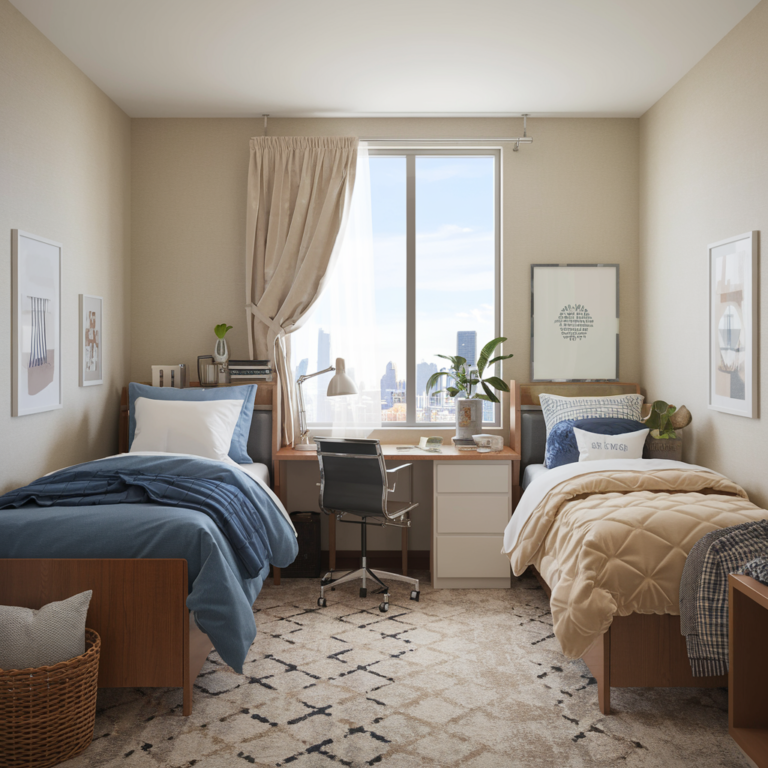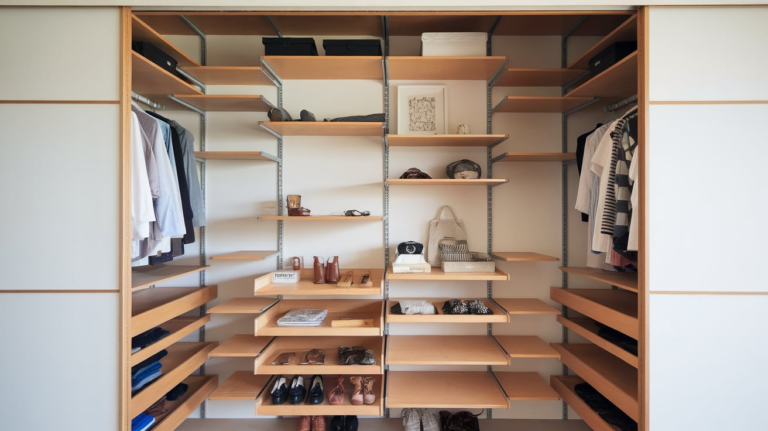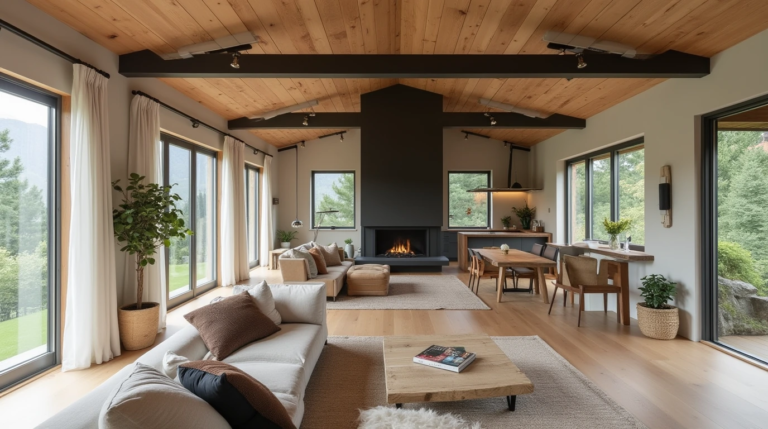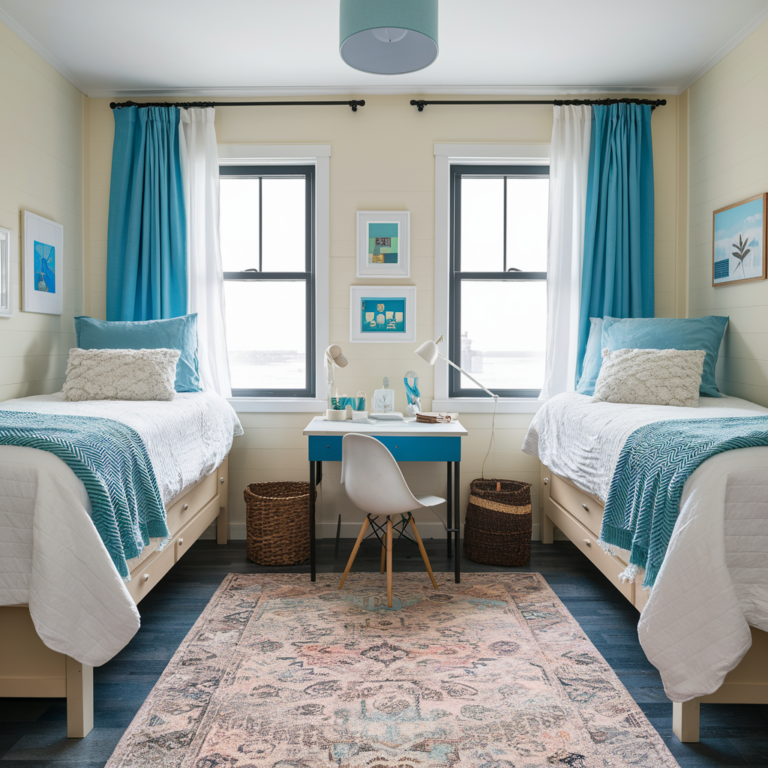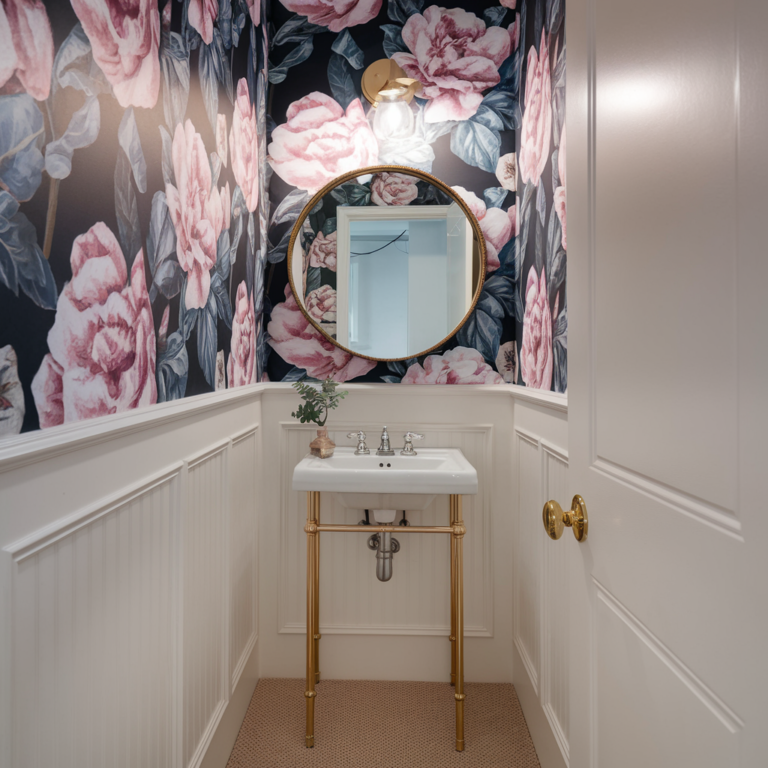27 Japandi Interior Ideas: The Perfect Blend of Minimalism and Warmth
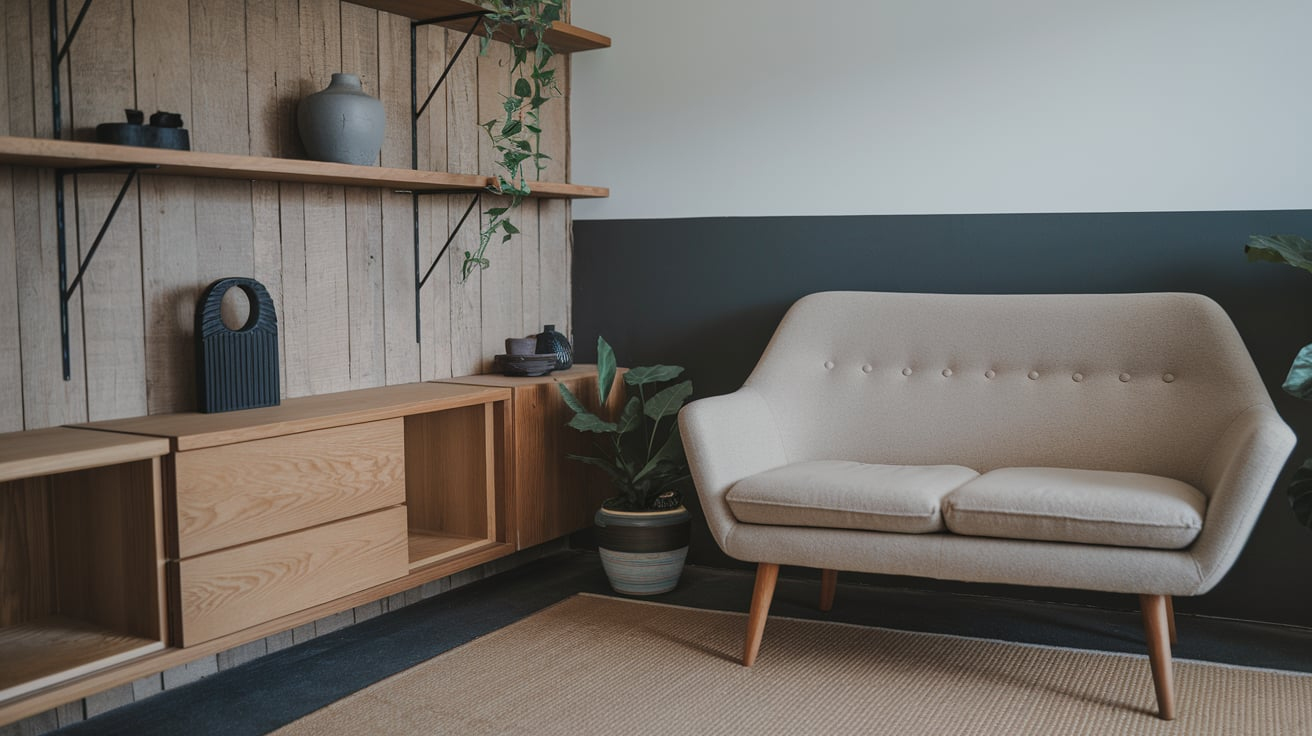
The Japandi style is more than just a design trend; it’s a philosophy that seamlessly blends the functional simplicity of Japanese aesthetics with the warmth of Scandinavian design. It’s about creating a space that is both peaceful and practical, where every piece has a purpose, and nothing is excessive.
Whether you’re a minimalist at heart or simply looking to infuse calm and balance into your home, these 27 Japandi interior ideas will help you craft a space that is both serene and stylish.
1. Neutral Color Palette with Earthy Tones
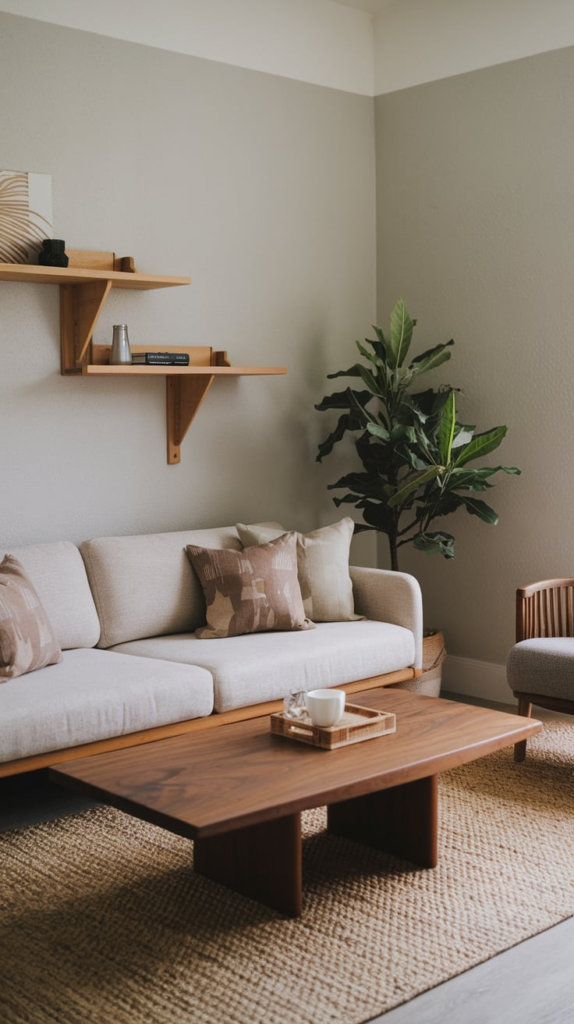
Japandi interiors thrive on neutral, muted colors that create a sense of tranquility. Think warm whites, soft beiges, light greys, and muted browns. These colors allow for a peaceful atmosphere while adding warmth and depth to the space.
2. Minimalist Furniture with Purpose
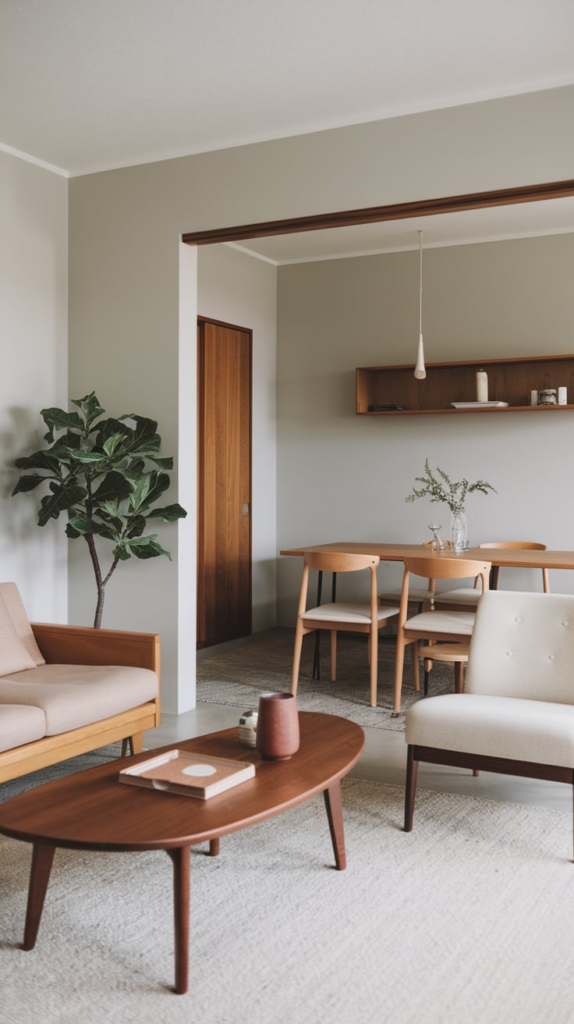
Every piece in a Japandi home is chosen with intention. The furniture is often low-profile, simple, and highly functional. Opt for clean-lined wooden tables, sleek sofas with soft upholstery, and open shelving that encourages a clutter-free environment.
3. Organic Materials for an Authentic Feel

Natural materials such as wood, bamboo, linen, rattan, and stone are essential in Japandi design. These elements bring in warmth and texture, making a space feel both inviting and grounded.
4. Wabi-Sabi Inspired Imperfection

Japandi embraces the beauty of imperfection. Handmade ceramics with slight flaws, naturally worn wooden furniture, and textured plaster walls add authenticity and soul to your interiors.
5. Japanese Shoji Screens for Soft Light
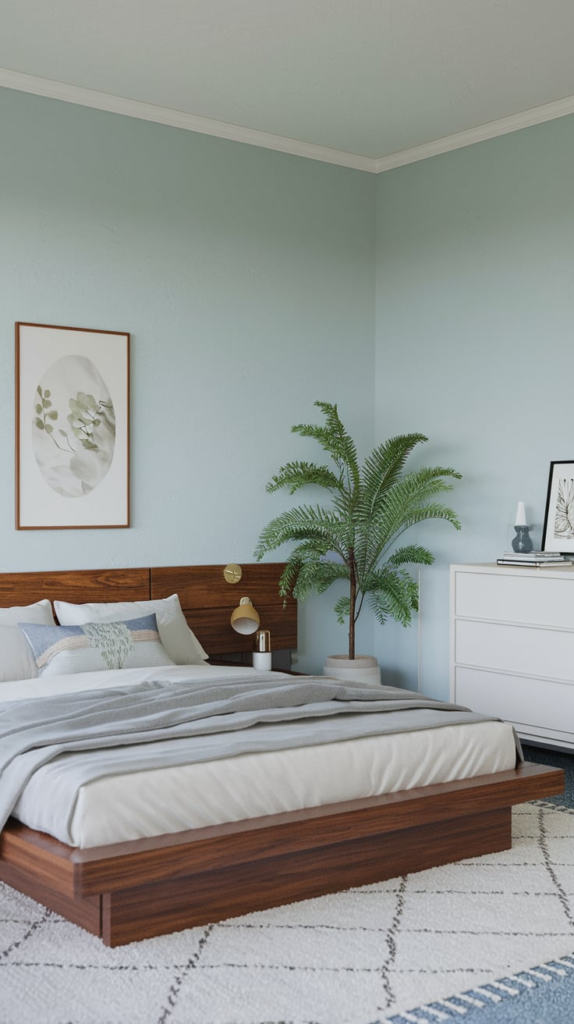
Shoji screens, made from wood and translucent paper, diffuse natural light beautifully, creating a soft, warm glow in the room. They also work as room dividers, adding privacy while maintaining an open feel.
6. Scandinavian Cozy Textiles
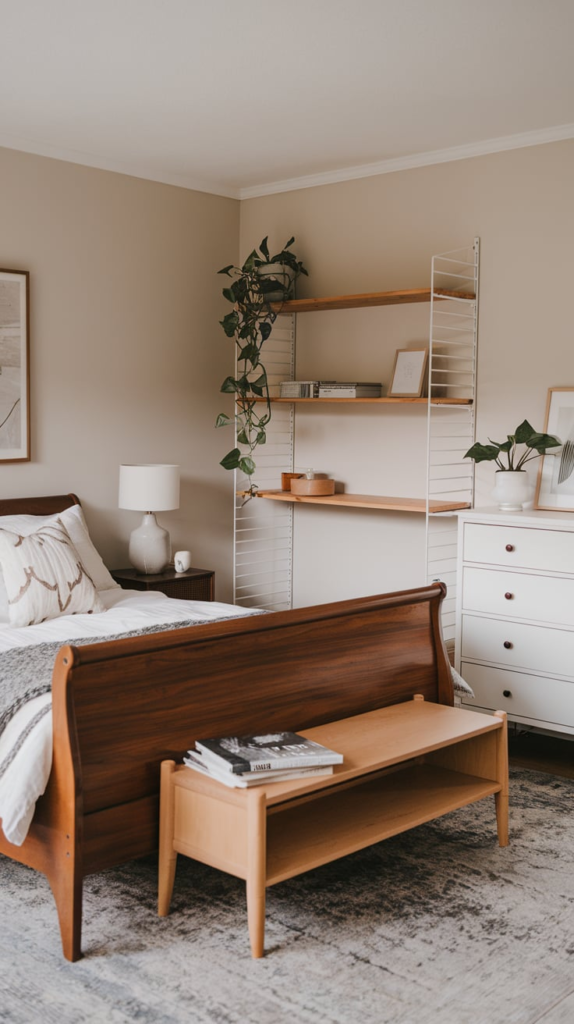
While Japanese interiors are often stark, the Scandinavian influence introduces soft textiles to make spaces more inviting. Think of linen curtains, wool rugs, and cotton throws to balance out the minimal aesthetic.
7. Low-Lying Furniture for a Grounded Look
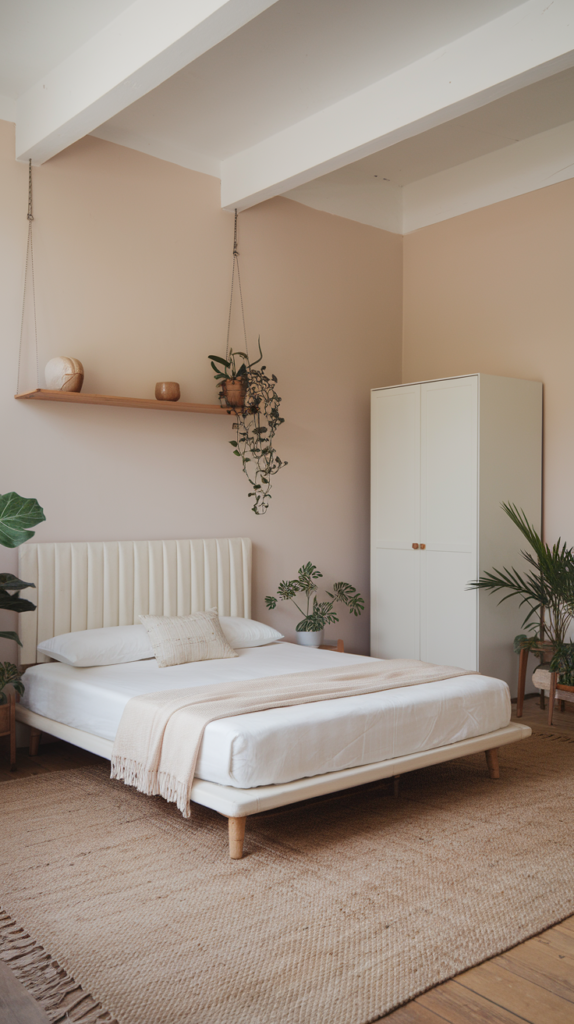
Inspired by Japanese living traditions, low-profile furniture fosters a closer connection to the ground. Consider a platform bed, a floor sofa, or a low coffee table for an effortlessly chic yet relaxed ambiance.
8. Decluttered Open Spaces

Japandi thrives on open, airy spaces free from unnecessary clutter. Every piece should serve a purpose, and hidden storage solutions are key to maintaining a tidy, harmonious home.
9. Statement Lighting with Soft Glow

Opt for paper lanterns, pendant lamps with natural materials, and warm LED lighting. Lighting should feel soft and indirect, evoking a tranquil and cozy atmosphere.
10. Functional Decor That Blends with the Space

Japandi interiors focus on functionality over decoration. Instead of overcrowding a space with trinkets, use functional decor like ceramic bowls, woven baskets, or sculptural vases that serve a purpose while enhancing aesthetics.
11. Black Accents for Contrast
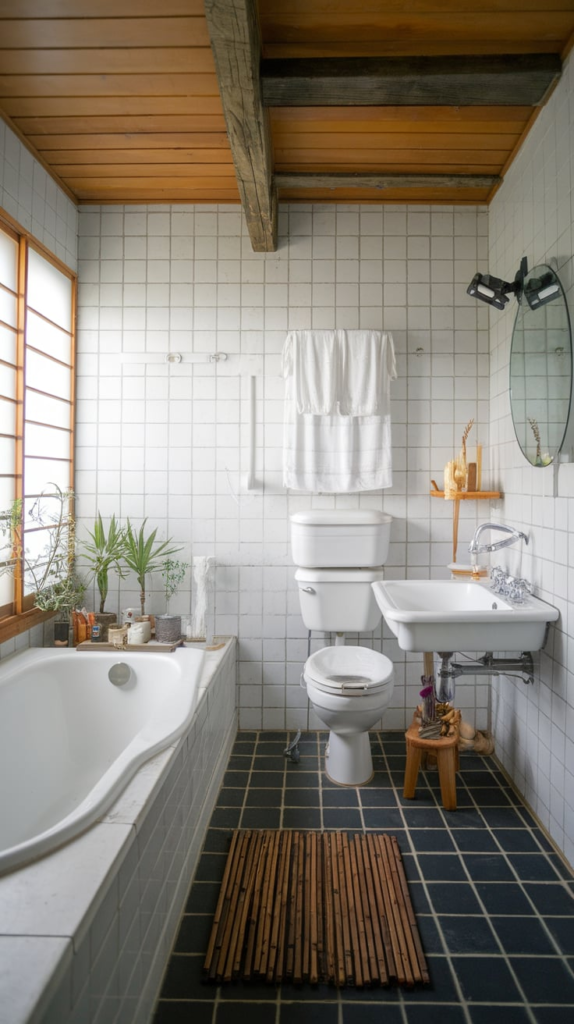
While the palette is mostly neutral, adding black elements (such as metal hardware, thin-framed mirrors, or dark furniture legs) can create a striking yet subtle contrast that defines the space.
12. Indoor Plants for a Touch of Nature
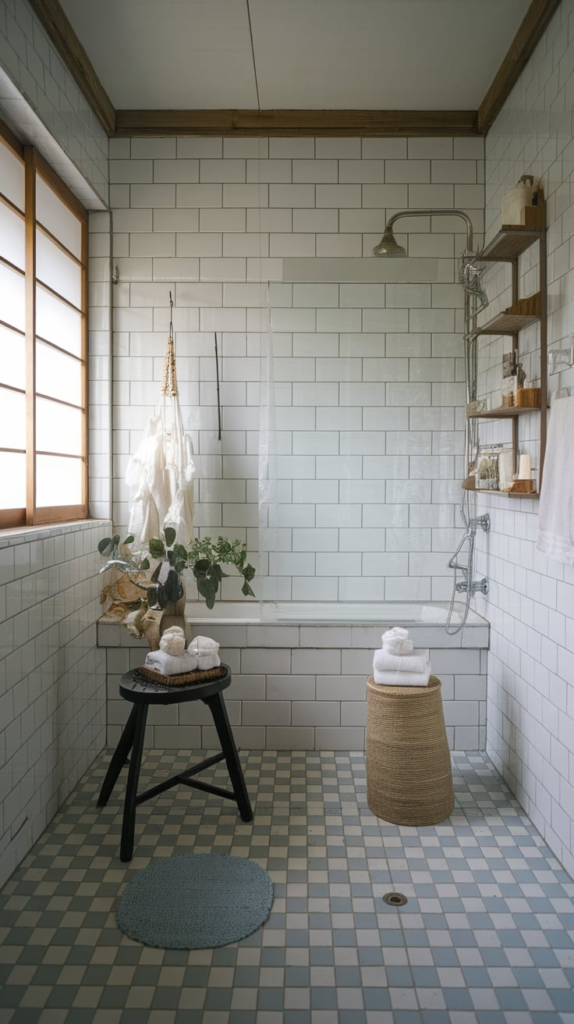
Bringing in natural greenery enhances the harmony between indoors and outdoors. Consider bonsai trees, snake plants, or bamboo arrangements to add a refreshing element to your Japandi space.
13. Handcrafted Ceramics for Artistic Flair
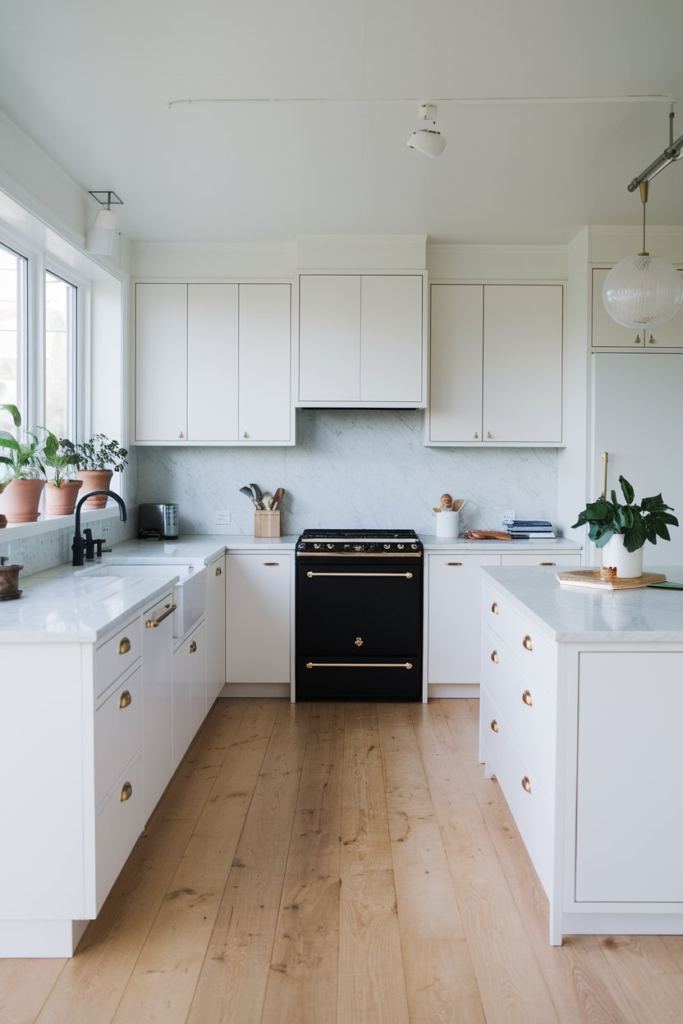
A collection of handmade pottery and ceramics can add a personal touch to your home. These pieces, often imperfect and textured, embody the essence of Wabi-Sabi and Scandinavian craftsmanship.
14. Tatami Mats and Natural Fiber Rugs
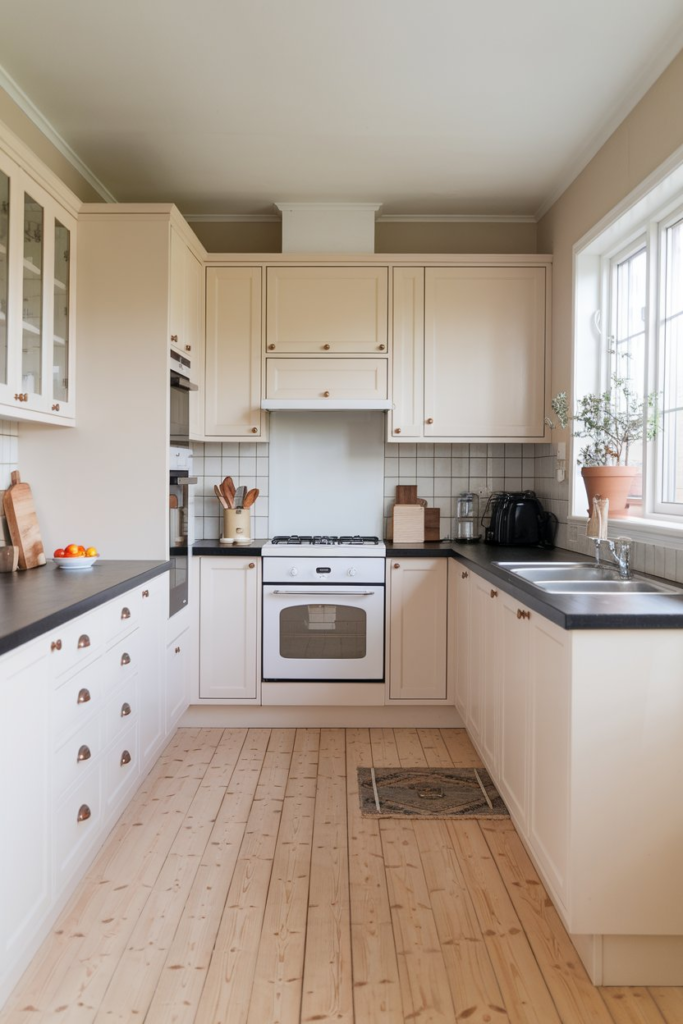
Introduce woven textures through jute rugs, tatami mats, or wool carpets. These natural fiber elements enhance warmth and depth without overpowering the minimal aesthetic.
15. A Balanced Mix of Light and Dark Woods

Japandi interiors feature a harmonious blend of light and dark woods. Light oak or ash pairs beautifully with deeper walnut or teak, creating depth and balance in the space.
16. Open Shelving with Thoughtful Curation
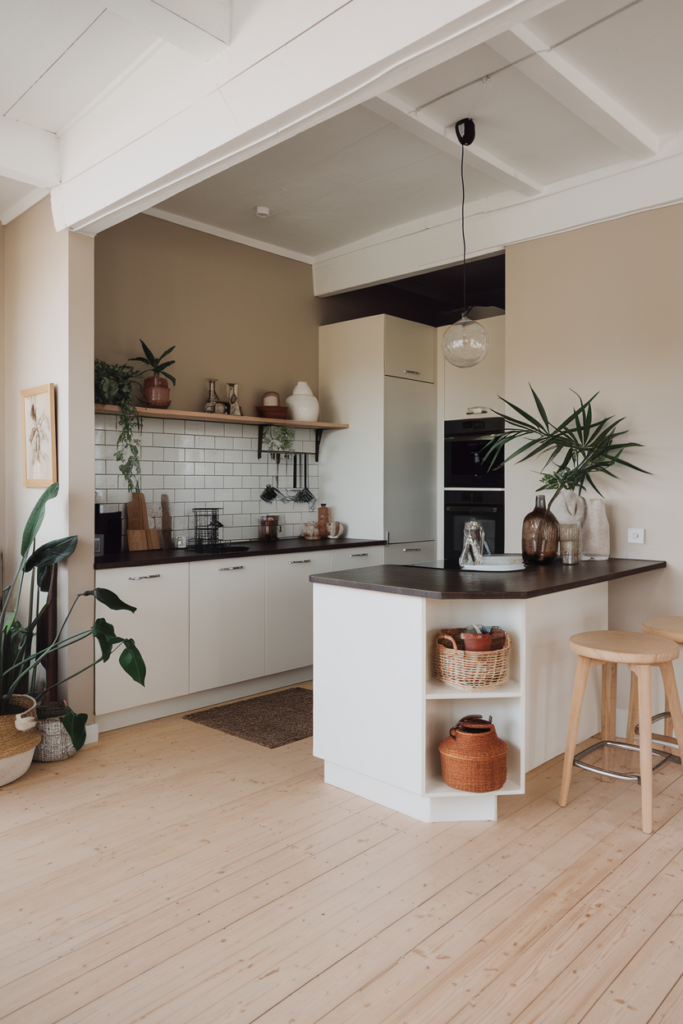
Instead of hiding items away, opt for open shelving that showcases only what is essential and beautiful. Carefully curated objects like handmade bowls, books, and minimalist sculptures keep the space feeling intentional and airy.
17. Layered Textures for Depth

While Japandi is minimalist, it is never boring. Layering soft textiles, smooth wood, rough stone, and delicate ceramics creates a visually rich yet understated ambiance.
18. Built-In Storage for Seamless Organization
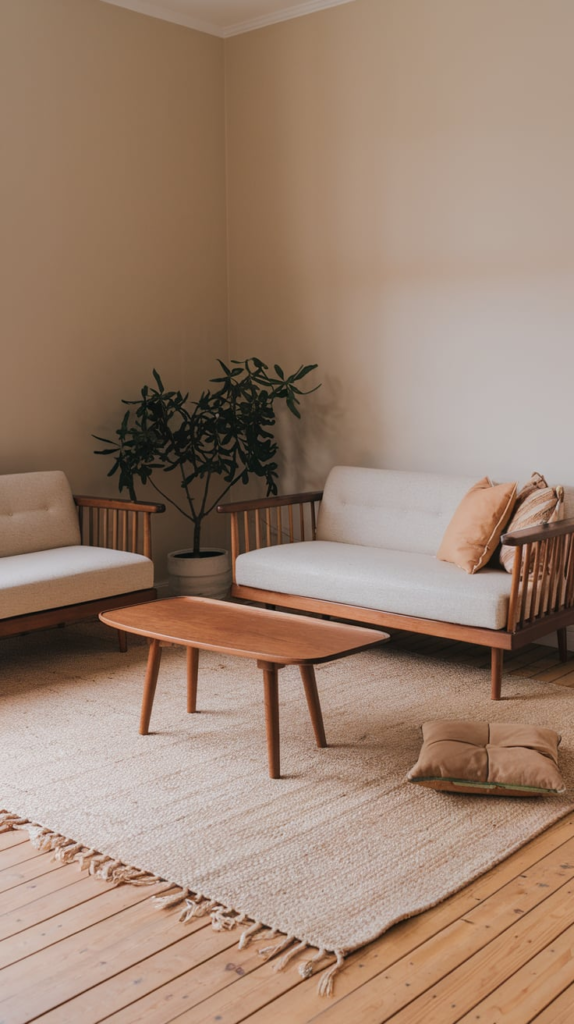
To maintain a clutter-free environment, incorporate built-in storage solutions such as wall-mounted shelves, recessed cabinets, and under-bed storage that blend seamlessly with the architecture.
19. Sliding Doors to Maximize Space
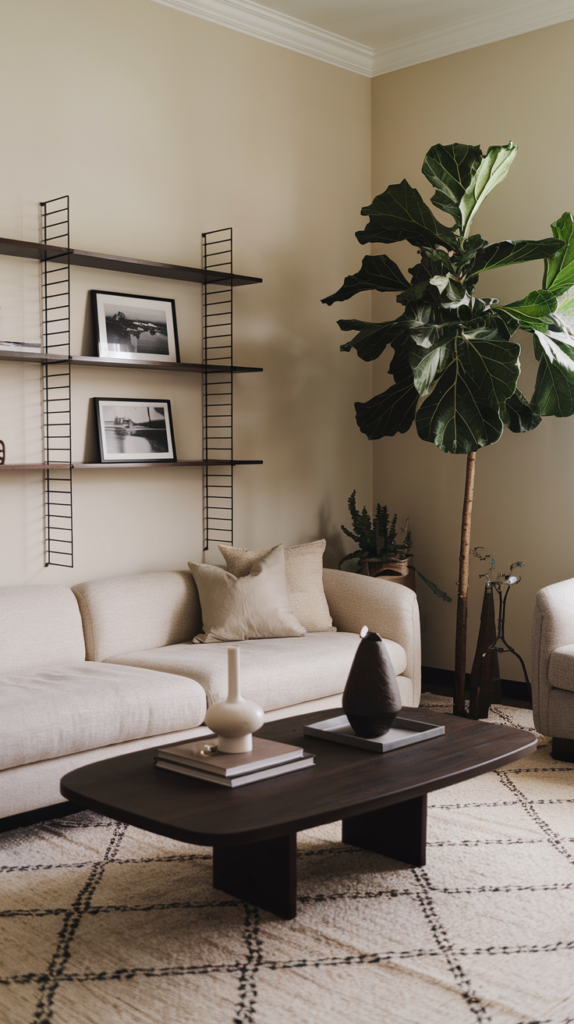
A staple of Japanese design, sliding doors (fusuma) provide a space-saving solution that maintains fluidity between rooms while ensuring privacy when needed.
20. Zen-Inspired Bathroom Retreats
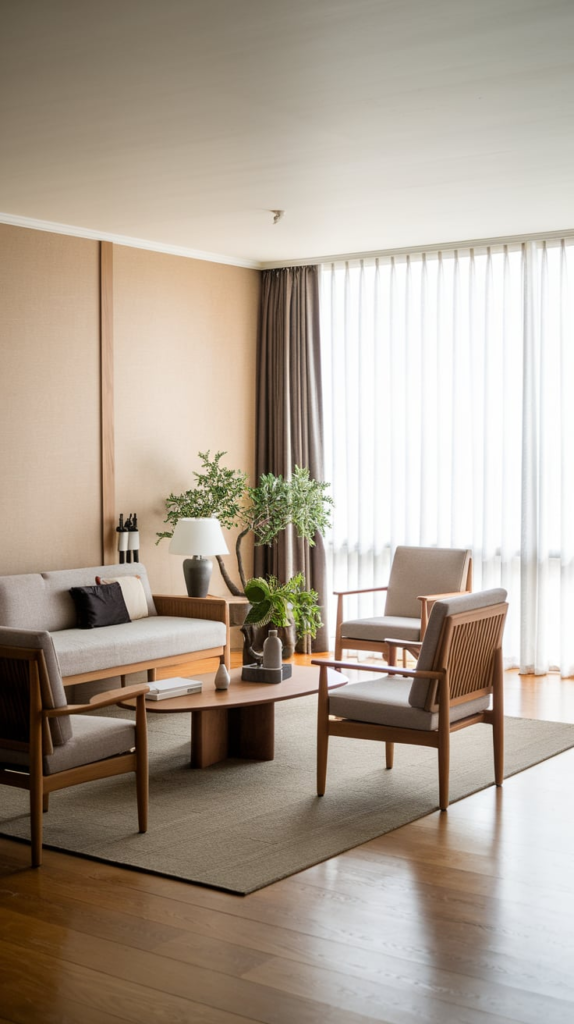
Japandi bathrooms are spa-like sanctuaries with stone basins, wooden accents, rainfall showers, and soft lighting. Keep toiletries minimal and stored in hidden compartments to enhance the tranquil atmosphere.
21. Cozy and Layered Bedding
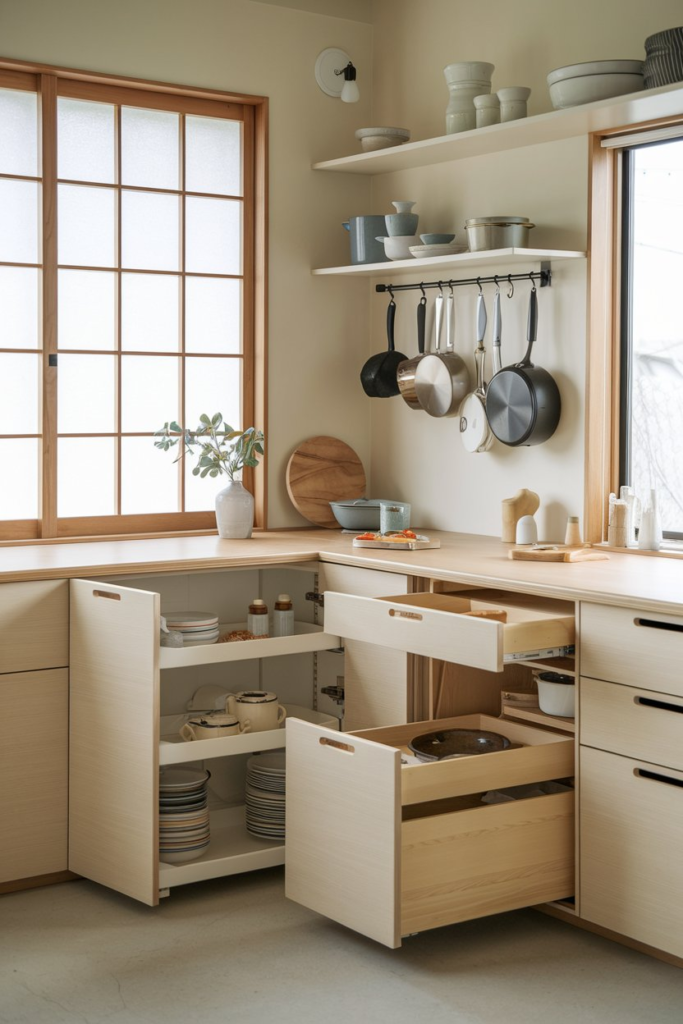
Mixing linen, cotton, and wool in neutral tones creates a soft, inviting bed. A layered bedding approach makes the bedroom feel effortlessly cozy while maintaining the Japandi aesthetic.
22. Muted Wall Art with Natural Themes
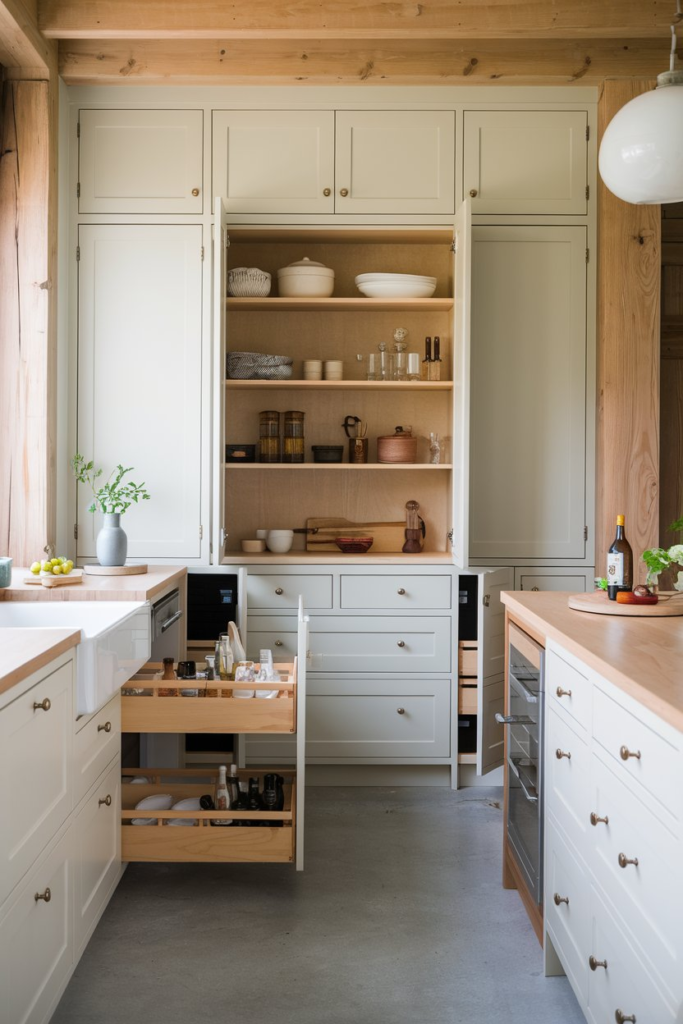
Opt for simple artwork such as minimalist ink paintings, abstract line drawings, or nature-inspired prints. Frames should be light wood or black to maintain cohesiveness.
23. Multi-Functional Spaces with Smart Design
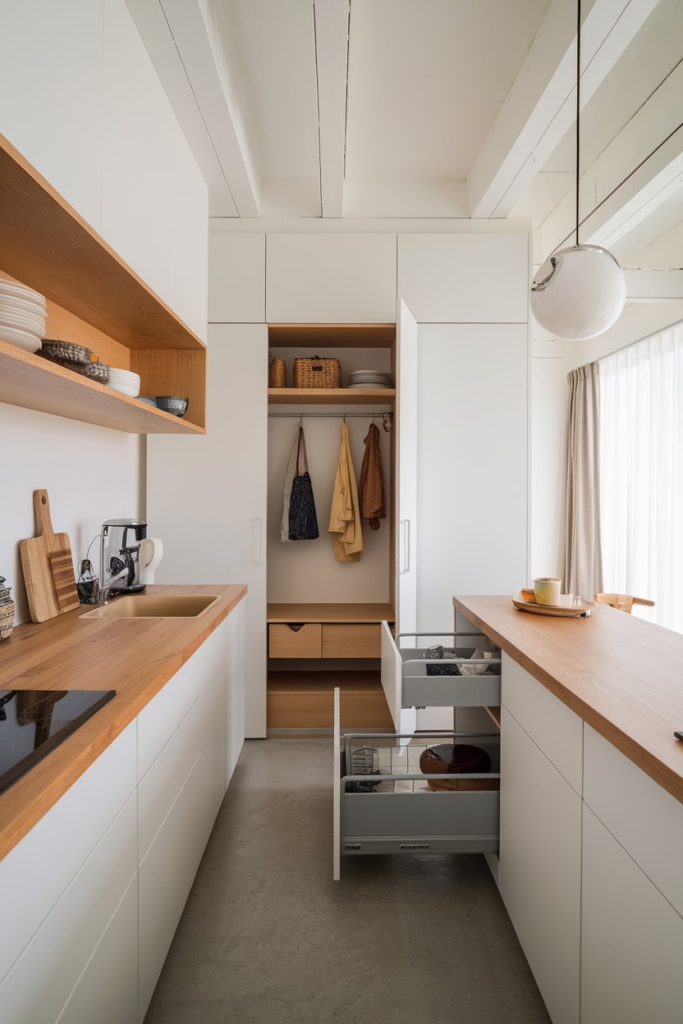
Japandi encourages versatile spaces. A dining table can double as a workspace, a daybed can serve as a lounging area, and stackable stools can be tucked away when not in use.
24. Floor Cushions for Informal Seating
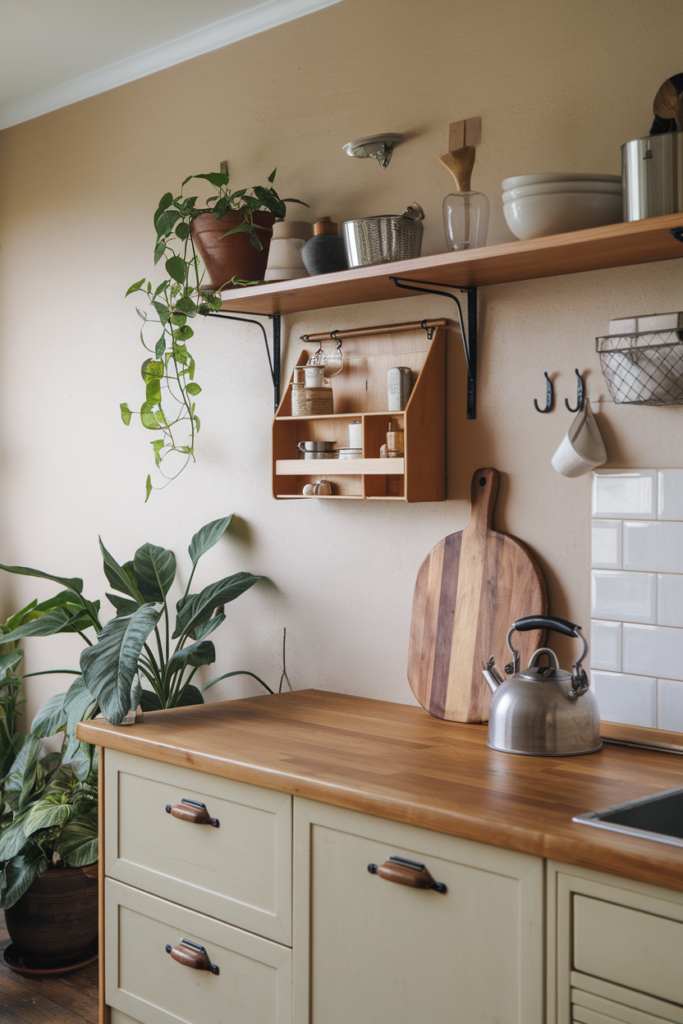
Inspired by Japanese traditions, floor cushions (zabuton) provide a casual and cozy alternative to chairs, especially in living spaces and tea corners.
25. Serene Entryway with Minimal Decor
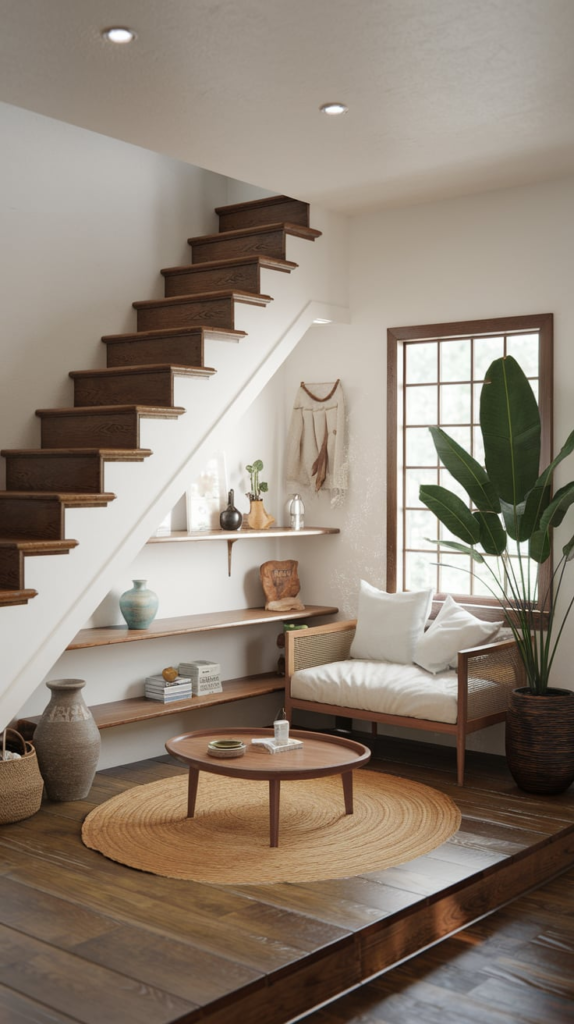
The entrance sets the tone for the home. A Japandi entryway should include a small wooden bench, a wall-mounted shoe rack, and a single decorative element like a plant or sculpture to keep it functional yet stylish.
26. Natural Stone Accents for an Organic Feel

Stone surfaces, whether in countertops, sinks, or decorative elements, add an earthy and grounded touch to Japandi interiors, enhancing the connection to nature.
27. Soft and Airy Window Treatments
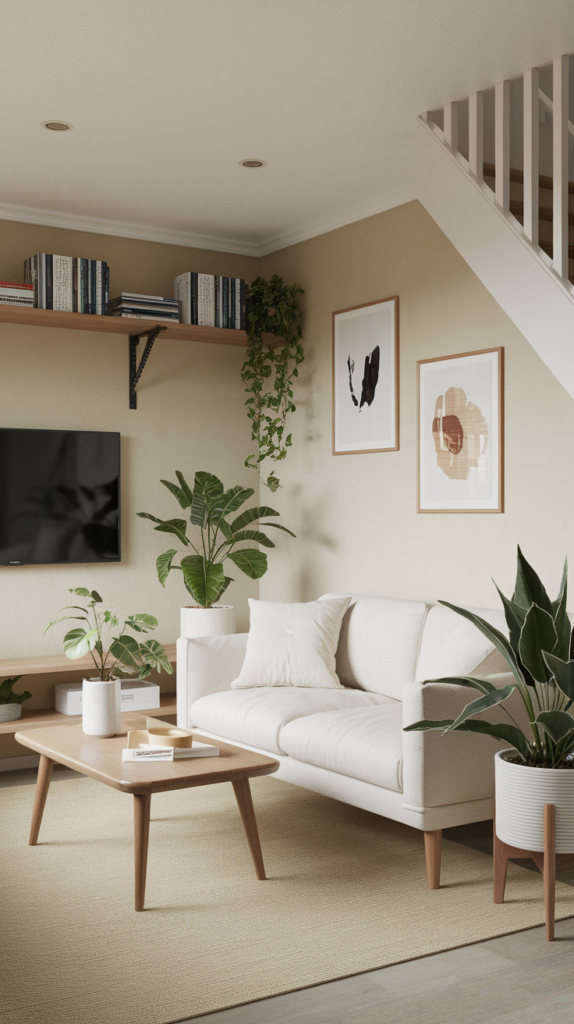
Keep window treatments light and breezy. Linen curtains or simple bamboo blinds allow natural light to filter through while maintaining privacy and softness.
Conclusion
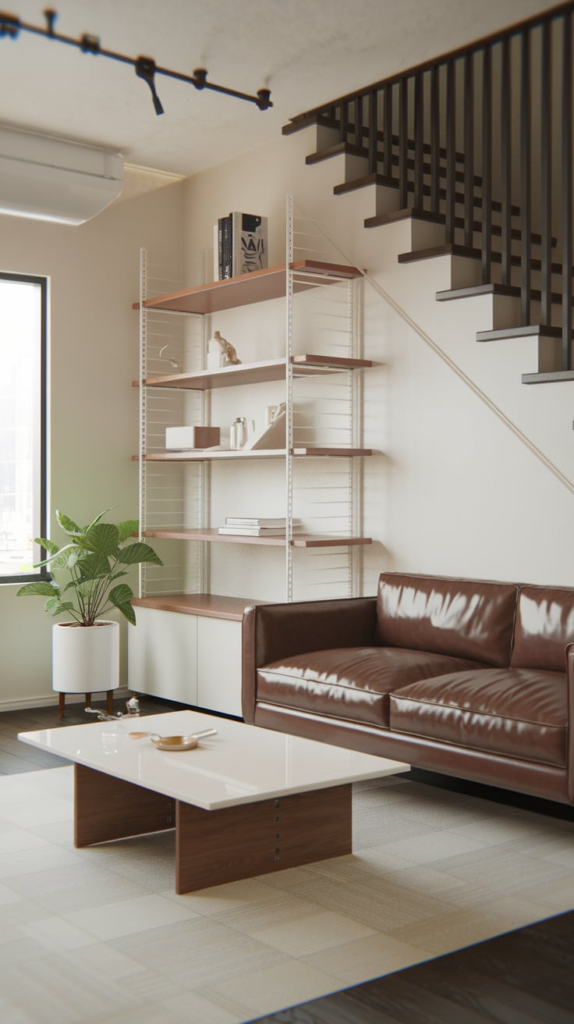
Japandi interiors are about balance, simplicity, and warmth. They encourage mindful living, where each element serves a purpose and contributes to harmony.
By blending Japanese minimalism with Scandinavian coziness, you can create a space that is not only visually stunning but also deeply comforting.

